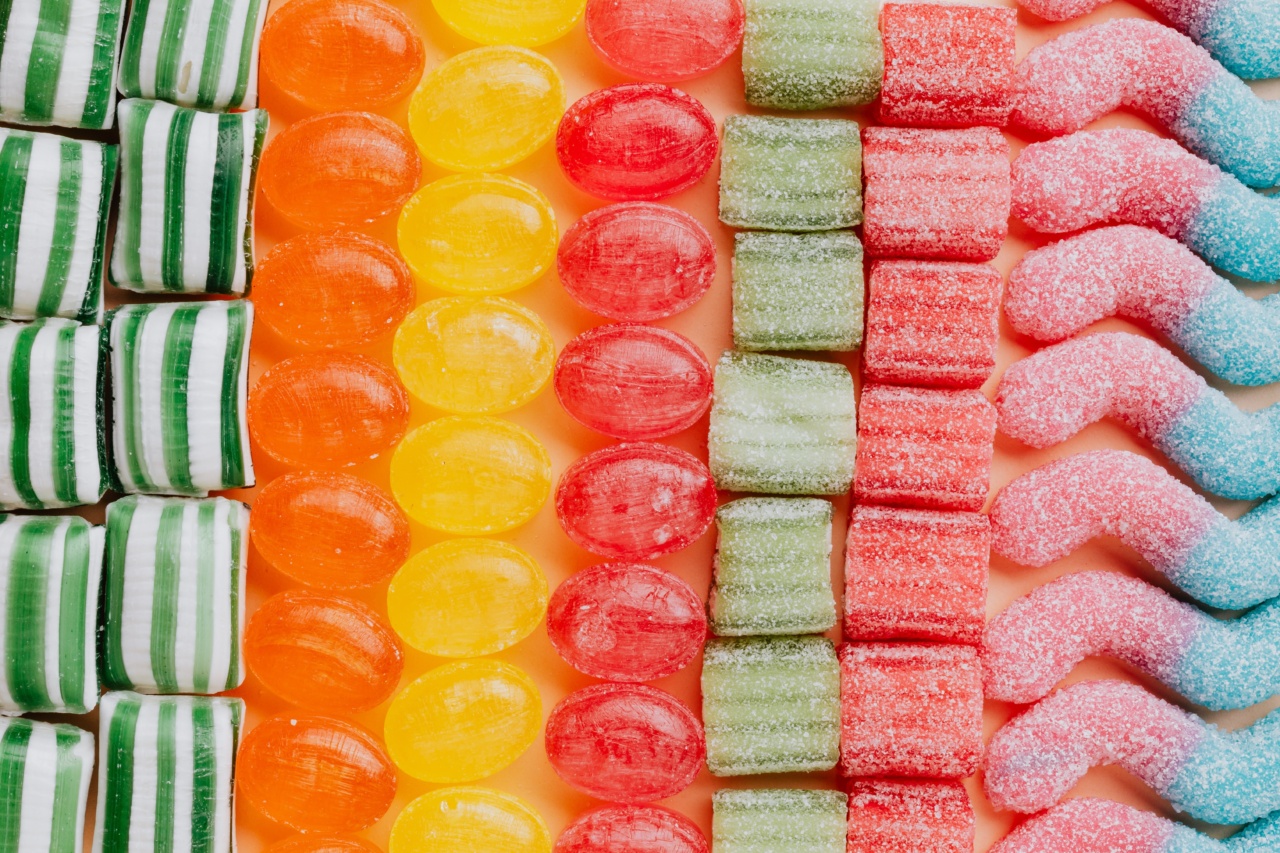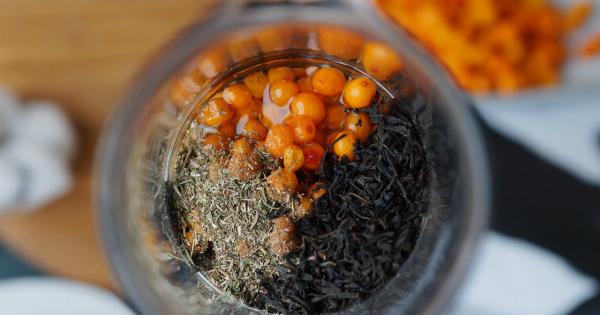Sugar is essential for us and our body needs it to produce energy. However, it is crucial to know what types of sugar we consume as they may have different properties and effects on our body. Here are 6 types of sugar and their characteristics:.
1. Glucose
Glucose is the primary sugar that our bodies need for energy. It is essential for the brain, nervous system, and muscles. Glucose is found in many carbohydrate-rich foods like fruits, vegetables, and grains.
It is also the main component of table sugar (sucrose).
2. Fructose
Fructose is a naturally occurring sugar found in many fruits and vegetables. It is also used as an added sweetener in many processed foods and drinks. Unlike glucose, fructose is processed in the liver and does not raise blood sugar levels as quickly.
However, consuming too much fructose can lead to health problems such as obesity and type 2 diabetes.
3. Sucrose
Sucrose, commonly known as table sugar, is made up of glucose and fructose. It is the most common form of sugar used in baking and cooking. However, consuming too much sucrose can lead to health problems such as tooth decay, obesity, and type 2 diabetes.
4. Lactose
Lactose is a sugar found in milk and dairy products. It is made up of glucose and galactose. Some people may have difficulty digesting lactose, leading to lactose intolerance.
These individuals may experience digestive issues such as bloating, gas, and diarrhea when consuming lactose-containing foods.
5. Maltose
Maltose is a sugar found in grains like barley and can be used as a sweetener in some foods. It is made up of two glucose molecules. Maltose is often used in the brewing of beer and is an essential ingredient in some bread recipes.
6. High-Fructose Corn Syrup (HFCS)
HFCS is a sweetener commonly used in processed foods and drinks. It is made up of glucose and fructose and is often cheaper than other sweeteners. It has been linked to obesity and increased risk of type 2 diabetes.
Consuming too much HFCS can lead to health problems such as heart disease, fatty liver disease, insulin resistance, and inflammation.
Conclusion
In conclusion, there are many different types of sugars, and they all have unique properties and effects on our bodies. It is crucial to be aware of the types of sugars present in our diet and to consume them in moderation to maintain good health.
A balanced and healthy diet is essential for our overall well-being.


























